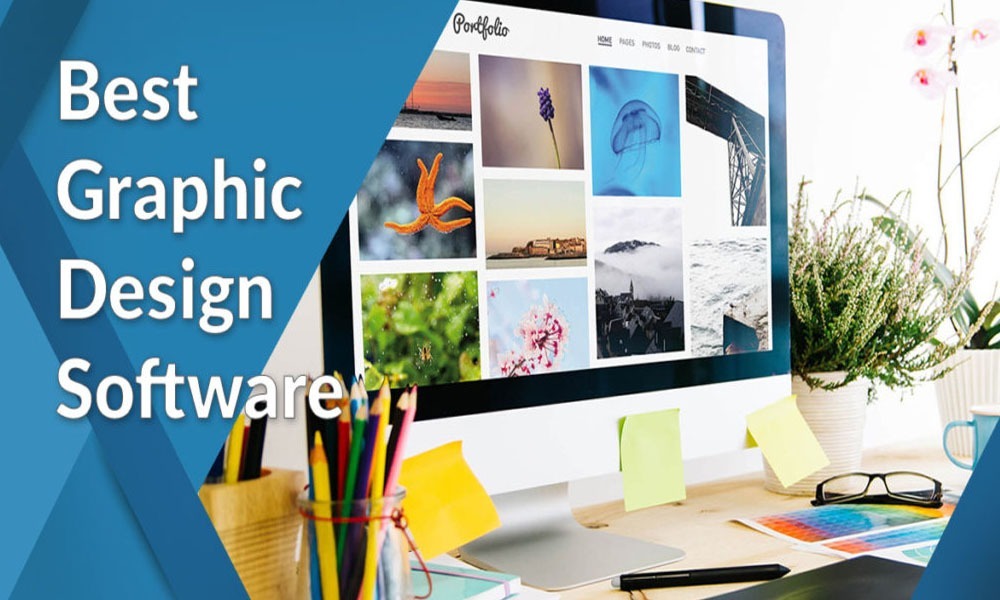Graphic Design Software
In the rapidly evolving world of graphic design, having the right software at your disposal is essential. With numerous options available, it can be challenging to determine which graphic design software is the best fit for your specific needs.
Graphic design software features, strengths, and weaknesses
In this article, we will explore some of the leading contenders in the field, highlighting their features, strengths, and weaknesses.
1. Adobe Photoshop
Adobe Photoshop remains the undisputed heavyweight in the graphic design realm. This versatile software offers a comprehensive set of tools for image editing, photo manipulation, and digital painting. It excels in creating intricate designs, retouching photographs, and working with layers. However, its complexity may be overwhelming for beginners, and the subscription-based pricing model might be a deterrent for some users.
2. Adobe Illustrator
When it comes to vector-based graphic design, Adobe Illustrator stands out as the go-to software. It enables users to create scalable and high-resolution designs, making it ideal for logos, icons, typography, and illustrations. The Illustrator’s precise control over anchor points and paths allows for intricate artwork creation. However, its learning curve can be steep, and the subscription-based pricing structure may pose a financial burden for certain individuals or small businesses.
3. Canva
Canva, a cloud-based design platform, caters to users looking for a user-friendly and accessible design solution. It offers an extensive library of pre-designed templates, making it easy to create social media posts, presentations, posters, and more. Canvas’s drag-and-drop interface and intuitive controls make it a popular choice for beginners and non-designers. However, its functionality may be limited for advanced users seeking more complex design capabilities.
4. Sketch
The sketch is a vector-based design tool tailored specifically for UI/UX designers. It provides a streamlined workflow for creating user interfaces, wireframes, and interactive prototypes. Sketch’s robust symbol system and shared styles enhance collaboration and consistency throughout the design process. However, being exclusive to macOS and lacking certain advanced features found in other software might limit its appeal to a wider audience.
5. Affinity Designer
Affinity Designer, an affordable alternative to Adobe’s offerings, delivers a powerful set of tools for graphic design and illustration. It combines the benefits of vector and raster editing, providing flexibility and versatility. Affinity Designer’s one-time purchase pricing model is attractive to those who prefer not to commit to a subscription. However, its smaller user base means limited online resources and a potentially steeper learning curve compared to more established software.
Conclusion:
Selecting the best graphic design software depends on your specific needs, skill level, and budget. Adobe Photoshop and Illustrator dominates the industry with their robust capabilities but come with higher costs and steeper learning curves. Canva offers a user-friendly experience for beginners, while Sketch caters to UI/UX designers. Affinity Designer provides a cost-effective alternative with a comprehensive feature set. Consider your requirements to find the perfect software for your creative endeavors.

